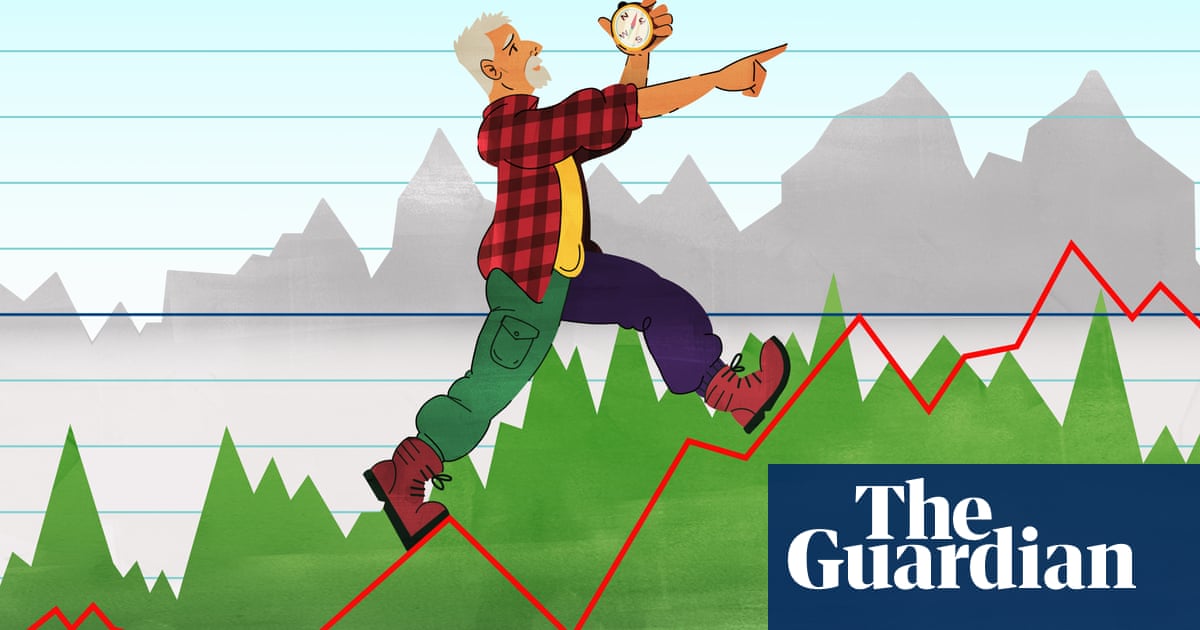Smart Moves or Red Flags? Decoding the Market This Week.


Every market move tells a story, are you reading the right signals?
This week, we break down the hidden power of corporate buybacks, key warning signs to watch for, and stocks that took a hit—are they done, or poised for a comeback?

- The $1 Trillion Market Safety Net? How Corporate Buybacks Could Save Stocks! With economic uncertainty looming, companies may shift from investing in growth to massive stock buybacks—potentially hitting $1 trillion and propping up the market.
https://www.morningstar.com/news/marketwatch/2025031054/theres-a-fed-put-and-a-trump-put-but-dont-forget-the-c-suite-put-as-well
- 5 Stock Market Red Flags You MUST Watch Before Buying! Avoid costly mistakes! Here are five warning signs that could signal trouble for your next stock pick—know them before you invest.

- Google’s Game-Changing AI Upgrade: Is This the Future of Search? Google's new "AI mode" could revolutionize search by blending AI-driven insights with its advertising model, transforming how users search and how Google profits.
- Grab Partners with Global Leaders to Revolutionize Southeast Asia’s Ride-Hailing with Self-Driving Cars! Grab teams up with four global autonomous tech companies to explore the future of self-driving solutions for ride-hailing and delivery services across Southeast Asia, sparking a potential transportation revolution.
https://sg.finance.yahoo.com/news/grab-teams-global-self-driving-152337109.html
- Want to Start Investing in Stocks? Here’s What You Need to Know to Avoid Losing Money! Learn the crucial steps for new investors, from understanding risk and choosing a broker to the tax implications and long-term strategies that can boost your success in the stock market.


Sharpen Your Investing Skills: Understanding Bollinger Bands
Bollinger Bands are a volatility indicator that helps investors understand how much a stock's price moves relative to its average. It consists of three lines:
- Middle Band – A simple moving average (SMA) that shows the stock’s average price.
- Upper Band – The middle band plus two standard deviations.
- Lower Band – The middle band minus two standard deviations.
Why are Bollinger Bands Important?
- Measure Volatility – Bands expand when volatility is high and contract when it’s low.
- Identify Overbought & Oversold Conditions – When the price touches the upper band, the stock may be overbought, and when it touches the lower band, it may be oversold.
- Spot Breakouts – When the bands tighten, it signals a potential upcoming breakout.
Bollinger Bands Trading Signals
- Price Touches Upper Band – The stock may be overbought, signaling a possible pullback.
- Price Touches Lower Band – The stock may be oversold, signaling a potential bounce.
- Squeeze Formation – A narrowing of the bands may indicate a strong price movement ahead.
Bollinger Bands in Action
Now, let's look at a chart showing how Bollinger Bands behave with stock price movements.

Here’s a chart showing how Bollinger Bands behave with stock price movements. The Middle Band (blue, dashed) represents the average price, while the Upper (red) and Lower (green) Bands define volatility levels. When the stock price touches the Upper Band, it may be overbought, and when it reaches the Lower Band, it may be oversold. The gray-shaded area shows price fluctuations within the bands.

That’s all for this week. The market is full of opportunities, but also risks. Staying aware of the signs, managing your emotions, and sticking to your strategy will help you make smarter decisions.
Remember, the key to success is knowing when to act—and when to stay patient.
Happy investing, and stay sharp!
Disclaimer: This content is for informational purposes only and does not constitute investment advice. Please do your due diligence before making any investment decisions.

